4 Ways to Turn Your Business Idea Into Millions
These entrepreneurs took different routes to raise money to build their million-dollar businesses.
Motown founder Berry Gordy Jr. had an edge when he decided to start a record label in 1959. His family had established its own lending arm to provide seed money for family enterprises. Gordy borrowed $800. Today, his personal net worth is estimated at more than $325 million.
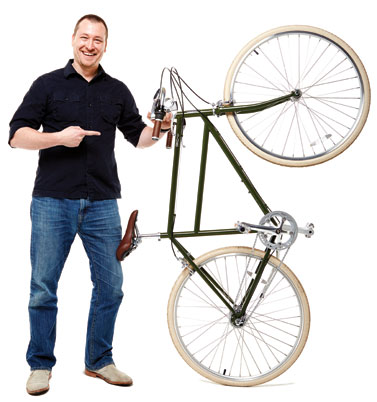
Ryan Zagata Photo by Poon Watchara-Amphaiwan
A better bike
After moving to Brooklyn in 2008, Ryan Zagata wanted to explore his new neighborhood by bicycle. But Zagata, 40, had trouble finding the kind of bike he wanted—one that “allows you to see and feel things instead of putting your head down.” When he traveled to Vietnam and Japan, he took note of the upright bikes the locals were riding. “That was exactly the style of bicycle I wanted,” he says.

Sign up for Kiplinger’s Free E-Newsletters
Profit and prosper with the best of expert advice on investing, taxes, retirement, personal finance and more - straight to your e-mail.
Profit and prosper with the best of expert advice - straight to your e-mail.
In February 2011, Zagata, who was working in software sales at the time, launched what’s now known as the Brooklyn Bicycle Co. and soon had prototypes made of the bike he desired: an attractive, affordable, upright model designed to accommodate a rider wearing anything from Spandex to a suit. He took his bicycles to several Brooklyn bike shops and asked for feedback. By late summer, using his own money, Zagata had manufactured enough bicycles to place them for sale in some of those shops. He invested in a media campaign that got him noticed by the Today show as well as Vanity Fair, Maxim and New York magazines. His company also designed a bike in conjunction with the Museum of Modern Art.
Sales skyrocketed, with a growth trajectory Zagata describes as nearly vertical. The business, which uses manufacturers in China and Taiwan, couldn’t afford the up-front costs required to keep up with orders. So in 2012, Zagata sought a loan.
Two large banks declined his applications for a loan backed by the Small Business Administration because, Zagata says, his business was less than two years old and had yet to turn a substantial profit. Then he found the New York Business Development Corp., which works in partnership with banks to provide loans to small businesses that may not qualify for traditional financing. The NYBDC took a more personal approach—asking, among other things, how he would use the money and how the business could grow. Ultimately, he was approved for a $250,000 SBA-guaranteed loan with a seven-year term and an interest rate of prime plus four percentage points (recently 7.25%). Institutions that participate in the SBA’s basic loan program keep the loans on their books, but the loans must meet requirements set by the SBA, which guarantees a portion of the loan against default.
Many fledgling businesses with little to show on the bottom line encounter roadblocks when trying to borrow money. To improve your chances, prepare a detailed business plan, and check your credit score and report. Your FICO score will likely need to be at least 630 to qualify for an SBA-backed loan or 670 to qualify for a conventional loan, says Rohit Arora, CEO and cofounder of Biz2Credit, a platform that connects businesses with lenders. Your credit report should be clear of major black marks, such as a bankruptcy.
Start by applying for a conventional loan at your bank or credit union, suggests Ann Marie Mehlum, associate administrator for the SBA’s Office of Capital Access. Small institutions are more likely to grant credit than large banks. If that doesn’t pan out, look for institutions that are authorized to grant SBA-backed loans, which are designed for business owners who don’t qualify for conventional loans.
Alternatively, online lenders are typically more willing to lend to less-established businesses. But many take a percentage of daily sales as repayment, resulting in effective annual interest rates that can be in the neighborhood of 50%. Look for a site that has more straightforward terms. Lending Club, a peer-to-peer lending site (individuals and institutional investors provide the funding for loans), provides small-business loans with rates ranging from 5.9% to 25.9% (plus an origination fee). Fundation, Funding Circle and Dealstruck also offer installment loans with reasonable rates.
Today, the Brooklyn Bicycle Co. has four full-time and two part-time employees, and it contracts with about a dozen sales representatives. Revenues have reached seven figures, and Zagata expects a net profit margin of about 13% of revenues for 2015. The bicycles, priced from $399 to $749, are on sale at www.brooklynbicycleco.com and in 120 stores in the U.S. and Canada. Distributors in Australia, Brazil, Mexico and Russia have purchased them, and Zagata hopes to have bikes in stores in Europe in early 2016. New lines of bikes are in the works. And the company is beginning to explore options to raise private equity funding for the business. One option is CircleUp, a crowdfunding site for investors with deep pockets.
Zagata outlines what his business must do each day, week, month and year to meet its goals—and measures whether the company is on track. “The validation that we’re doing something really well is a tremendous feeling,” he says.
[page break]
Crowdfunding

A bright idea
The 7.0-magnitude earthquake that struck Haiti in January 2010 caused widespread suffering, and power outages compounded the misery. Thousands of people who had lost their homes were plunged into darkness after sunset.
The catastrophe inspired Anna Stork, 29, and Andrea Sreshta, 31, then graduate students at Columbia University’s Graduate School of Architecture, to design a solution. Relief organizations were shipping food, water and shelter to earthquake victims, but these groups weren’t providing lighting, Stork says. “It was really dangerous at night for people living in tent cities,” where there were numerous reports of looting, sexual assaults and kidnapping, she says.
Stork and Sreshta set out to create a solar-powered emergency light that was inexpensive and waterproof. They also wanted it to be inflatable so that it could be packed flat and shipped in large quantities to disaster areas. The need for a product like theirs was reinforced when the two happened to be in Tokyo on a class trip a year later. That’s when a 9.0-magnitude earthquake struck northeastern Japan, triggering the tsunami that killed an estimated 19,000 people.
That experience prompted Sreshta and Stork to found a company, LuminAID, to market their product. They had a prototype but needed money to manufacture additional lights so that they could test them in the field. In October 2011 they launched a fund-raising campaign on crowdfunding site Indiegogo with the goal of raising $10,000. For $25, supporters received one LuminAID light and contributed one to a community project. Supporters who gave $1,000 would receive three lights and contribute 100 lights to an orphanage in India.
They raised nearly $52,000 in six weeks—and realized that disaster organizations weren’t their only potential customers. “People from all over the world bought it for themselves,” Sreshta says. “That was the first indicator that there was a commercial market.” They launched their LuminAID Solar Light in 2012. In 2013, they received a $100,000 prize from the Clean Energy Trust’s Clean Energy Challenge, which they used to increase production and hire staff.
Today, LuminAID lights are sold at L.L.Bean, Bass Pro and Brookstone stores, as well as on Amazon.com and the company’s Web site, LuminAID.com. Customers buy the lights to use during power outages and take on camping trips. After the light is charged in the sun for seven hours, it can provide up to 16 hours of illumination. The company earned revenue of about $1 million in 2014. In keeping with the company’s altruistic origins, LuminAID offers a “Give Light, Get Light” package that allows customers to buy one light for themselves and donate one to charity.
A key component of successful crowdfunding campaigns is the video pitch, says Indiegogo chief executive Slava Rubin. Campaigns that include a video raise 115% more funds than those that rely only on a still image, he says. Successful campaigns also use Facebook and Twitter to spread the word. Stork and Sreshta’s Indiegogo campaign featured a three-minute video that demonstrated how the product works and where it could be used.
Crowdfunding is also “a great way to get prefunding for a product and validate your idea,” says Ian Sells, founder of Strongvolt, who used a Kickstarter campaign last year to test demand for a portable solar charger that automatically restarts after it has been disconnected because of clouds or shade. He raised $68,000 in 30 days, surpassing his $10,000 goal.
Stork and Sreshta have also attracted the attention of investors with deep pockets. Last year, they were selected to appear on ABC’s Shark Tank (the program was broadcast in February 2015). All five of the veteran investors were enthusiastic about the company’s prospects. Stork and Sreshta ended up accepting an offer from entrepreneur and Dallas Mavericks owner Mark Cuban, who provided $200,000 for a 15% stake, with an option to lead another round of financing for $300,000.
[page break]
Private equity
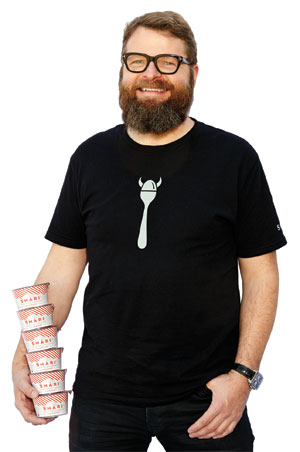
A viking treat
If you think the Greeks have won the yogurt wars, you haven’t met Smári Ásmundsson, founder of Smári Organics Icelandic yogurt. Ásmundsson, 45, a former advertising photographer, grew up in Iceland, where he ate copious amounts of skyr—Icelandic yogurt that has been around since the ninth century, when it fortified the Vikings during long, dark winters.
The rapid growth of Greek-style yogurt inspired Ásmundsson to launch his company in 2011. If Americans liked Greek yogurt, he reasoned, they would love Icelandic yogurt. A 6-ounce serving of plain, nonfat Smári Organic Icelandic yogurt has 20 grams of protein, compared with 17 grams or less for the same serving of many Greek yogurts. It’s creamier, too, says Ásmundsson.
Ásmundsson has always been passionate about food: At his home in Petaluma, Calif., he has raised chickens, and he grows vegetables, bakes bread and makes his own cheese. To learn the craft of yogurt making, he apprenticed with a family friend, an 82-year-old skyr maker from Iceland. Once he honed the technique for making Icelandic yogurt, he used his background in advertising to come up with a plan to market and brand it. To handle the manufacturing side of the business, he asked Douglas Stewart, a food and wine entrepreneur who founded Organic Rainforest Sorbet & Gelato, to join him as a partner.
The two of them hit up family and friends for initial funding, contracted with a creamery in Wisconsin to make the yogurt with the same equipment used in Iceland, and started selling Smári Organics in early 2013. To raise additional funds, they turned to CircleUp, a company that connects so-called angel investors—deep-pocketed individuals who focus on start-ups—with promising new ventures. CircleUp focuses on fast-growing consumer-products companies that could someday be acquired by big-name players, such as General Mills, says chief executive Ryan Caldbeck. “If you look at the past 10 years, Nestlé and Coke haven’t started brands,” he says. “They buy brands.”
Smári Organics met its CircleUp fund-raising goal of $1.5 million by March 2014. Earlier this year, the company launched a second campaign on CircleUp to raise $3 million in funds, which will be used to continue its expansion.
Sites such as CircleUp, Crowdfunder and AngelList make it possible for companies to reach out to thousands of potential investors (sites make money by charging a commission or fee). Investors typically receive a 15% to 30% equity share in the company in exchange for their investment.
Equity crowdfunding sites cater to a wealthier crowd than product-oriented crowdfunding sites such as Kickstarter and Indiegogo. Under current Securities and Exchange Commission regulations, only individuals with $200,000 in annual income ($300,000 for a married couple) or a net worth of $1 million, excluding the value of their primary residence, are eligible to invest in privately held companies. That could change once the SEC issues final regulations under the JOBS Act, which would allow small businesses to use crowdfunding sites to raise up to $1 million every 12 months from the general public. The rules aren’t expected to take effect until next year. Before a company is added to the CircleUp lineup, its numbers are vetted by the company’s management team. Fewer than 5% of applicants make the cut, says Rory Eakin, cofounder and chief operating officer. Eakin says Smári Organics was chosen because it has a solid management team, it’s growing rapidly, and it has capitalized on strong demand for products that are organic and high in protein.
Smári Organics’ sales topped $2 million in 2014. Its yogurt is available in more than 1,000 stores, including Whole Foods and some Costco stores in northern California. Now the company’s main challenge, Ásmundsson says, is to increase production without compromising the product’s quality. In the meantime, he’s doing a lot of product demos. “For us, the key is for people to taste it,” he says. “Once they taste it, they will buy it.”
[page break]
Self-funding

A boomer business
Barbara Stankowski started AMTIS, her professional services and consulting business, in 2007 with $20,000. Today the Orlando company pulls in annual revenues of more than $10 million and employs a staff of more than 100.
AMTIS provides an array of services for state and federal government agencies, including the U.S. departments of Defense, Labor, Homeland Security and Veterans Affairs. For example, the company developed new employee training for the Federal Emergency Management Agency. AMTIS also offers leadership development and coaching for executives. After a 28-year career in the Navy and several more years working in consulting and operations for two small businesses, Stankowski, now 65, felt the urge to create a business that incorporated all the elements she thought were important to a company culture. “I wanted to provide a great place for people to work, hire people who were passionate about what they do, give them the resources they needed, then share the rewards with them,” she says.
The company hit some potholes on the road to becoming a flourishing business. In 2009, in the middle of the Great Recession, Stankowski had to resort to a $40,000 home-equity line of credit to cover payroll. In 2011, when annual revenues were topping $1 million, her business partner, who had provided half of the start-up money, decided to leave the company. Stankowski used the proceeds from a house she had recently sold to buy him out. Every year since, she says, AMTIS has doubled its revenues.
Two-thirds of entrepreneurs report using self-funding to start a business, according to a report from the Ewing Marion Kauffman Foundation, an entrepreneurship advocacy organization. Older entrepreneurs are especially well positioned to launch a business (and keep it afloat) with personal financial resources. Baby boomers “have networks that younger entrepreneurs don’t have,” says Mary Beth Izard, president of Acheve Consulting and author of BoomerPreneurs: How Baby Boomers Can Start Their Own Business, Make Money and Enjoy Life. If their kids are grown, she adds, their savings “aren’t earmarked for their college education.” The ranks of entrepreneurs older than 50 are growing: 23% of new entrepreneurs were age 55 to 64 in 2013, compared with 14% in 1996, according to a Kauffman report.
Taking advantage of federal government programs for small businesses has aided in AMTIS’s growth. For example, because Stankowski has a disability related to her time in the Navy, AMTIS qualifies as a Service-Disabled Veteran-Owned Small Business.
Through a mentor relationship, AMTIS and a more established company have together submitted several proposals for five-year, $100 million contracts—a prospect that could double revenues again this year, says Stankowski.
Patience and persistence have been key in getting AMTIS off the ground, she says. A continuing challenge is scaling the business to meet blossoming demand. For instance, if you hire new employees too soon, you won’t be able to afford them—but wait too long, and you’ll be understaffed. “It’s a great problem to have,” says Stankowski. “We just take it one bite at a time.”
Stankowski draws a salary and, true to her philosophy of spreading the fruits of the company’s success to her staff, has a profit-sharing program for all employees. She takes pride in presiding over a business that is not only woman-owned, but woman-run, with females filling many key positions. And she gives back to the armed services by employing veterans, whose ranks account for one-third of her staff.
Get Kiplinger Today newsletter — free
Profit and prosper with the best of Kiplinger's advice on investing, taxes, retirement, personal finance and much more. Delivered daily. Enter your email in the box and click Sign Me Up.

Block joined Kiplinger in June 2012 from USA Today, where she was a reporter and personal finance columnist for more than 15 years. Prior to that, she worked for the Akron Beacon-Journal and Dow Jones Newswires. In 1993, she was a Knight-Bagehot fellow in economics and business journalism at the Columbia University Graduate School of Journalism. She has a BA in communications from Bethany College in Bethany, W.Va.
-
 Why You Should Pay Your Traffic Tickets Before They Become a Six-Figure Headache
Why You Should Pay Your Traffic Tickets Before They Become a Six-Figure HeadacheSkip a ticket, pay a fortune: How ignoring traffic fines can wreck your wallet, credit and coverage.
-
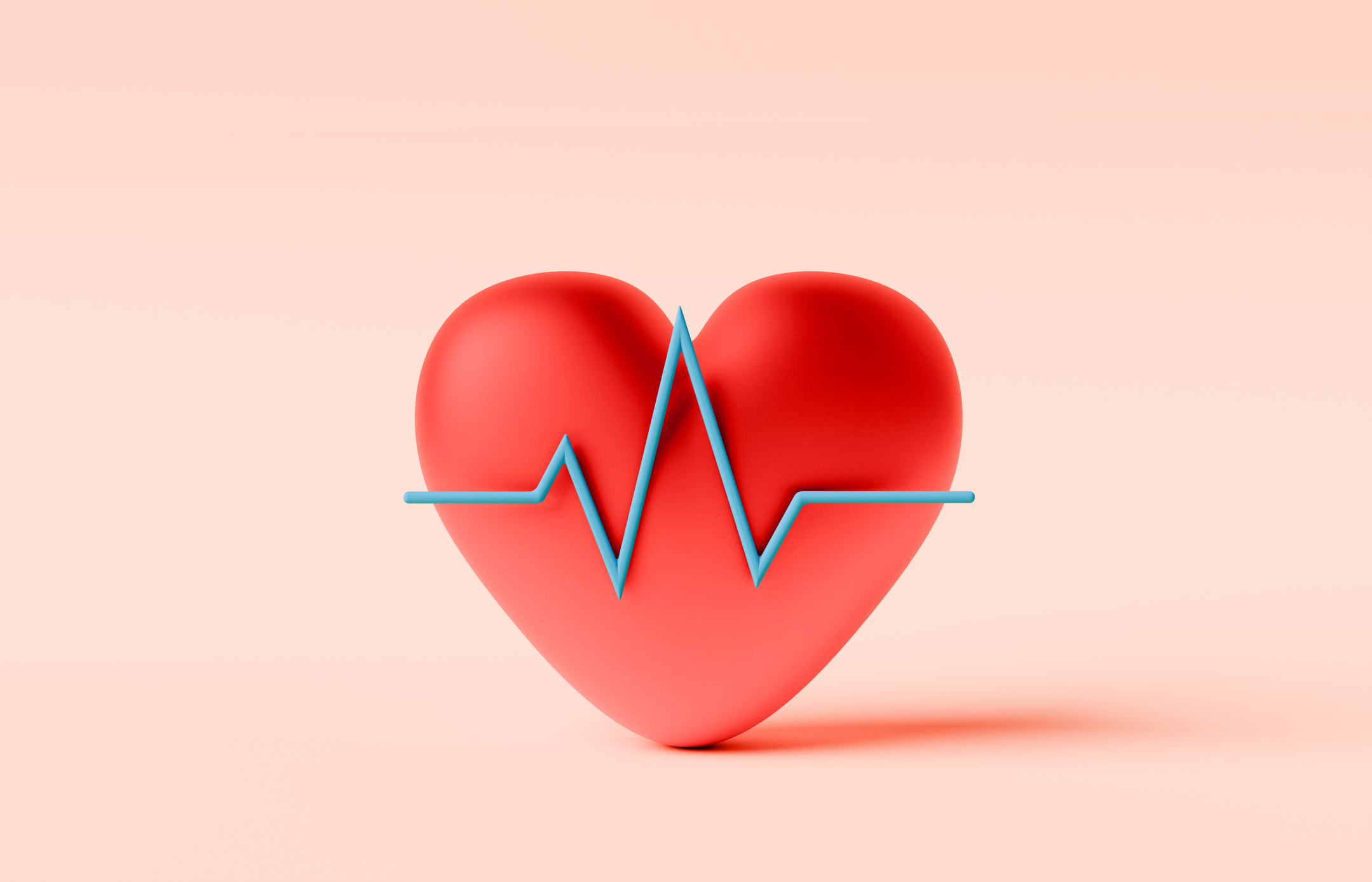 The Best Health Care Stocks to Buy
The Best Health Care Stocks to BuyThe best health care stocks offer investors a defensive hedge in an uncertain market. Here's how to find them.
-
 How to Search For Foreclosures Near You: Best Websites for Listings
How to Search For Foreclosures Near You: Best Websites for ListingsMaking Your Money Last Searching for a foreclosed home? These top-rated foreclosure websites — including free, paid and government options — can help you find listings near you.
-
 Four Tips for Renting Out Your Home on Airbnb
Four Tips for Renting Out Your Home on Airbnbreal estate Here's what you should know before listing your home on Airbnb.
-
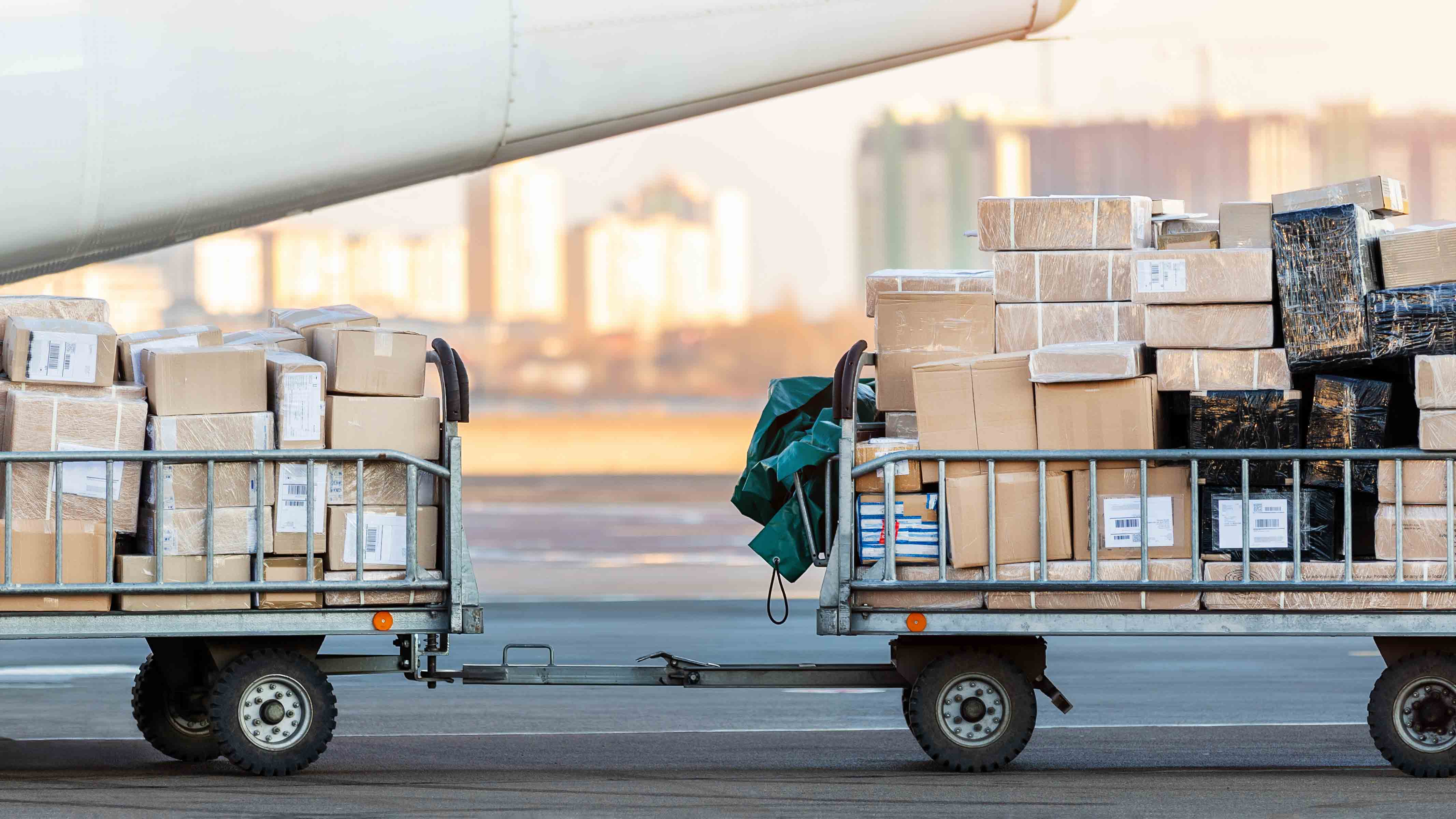 Is Relief from Shipping Woes Finally in Sight?
Is Relief from Shipping Woes Finally in Sight?business After years of supply chain snags, freight shipping is finally returning to something more like normal.
-
 Economic Pain at a Food Pantry
Economic Pain at a Food Pantrypersonal finance The manager of this Boston-area nonprofit has had to scramble to find affordable food.
-
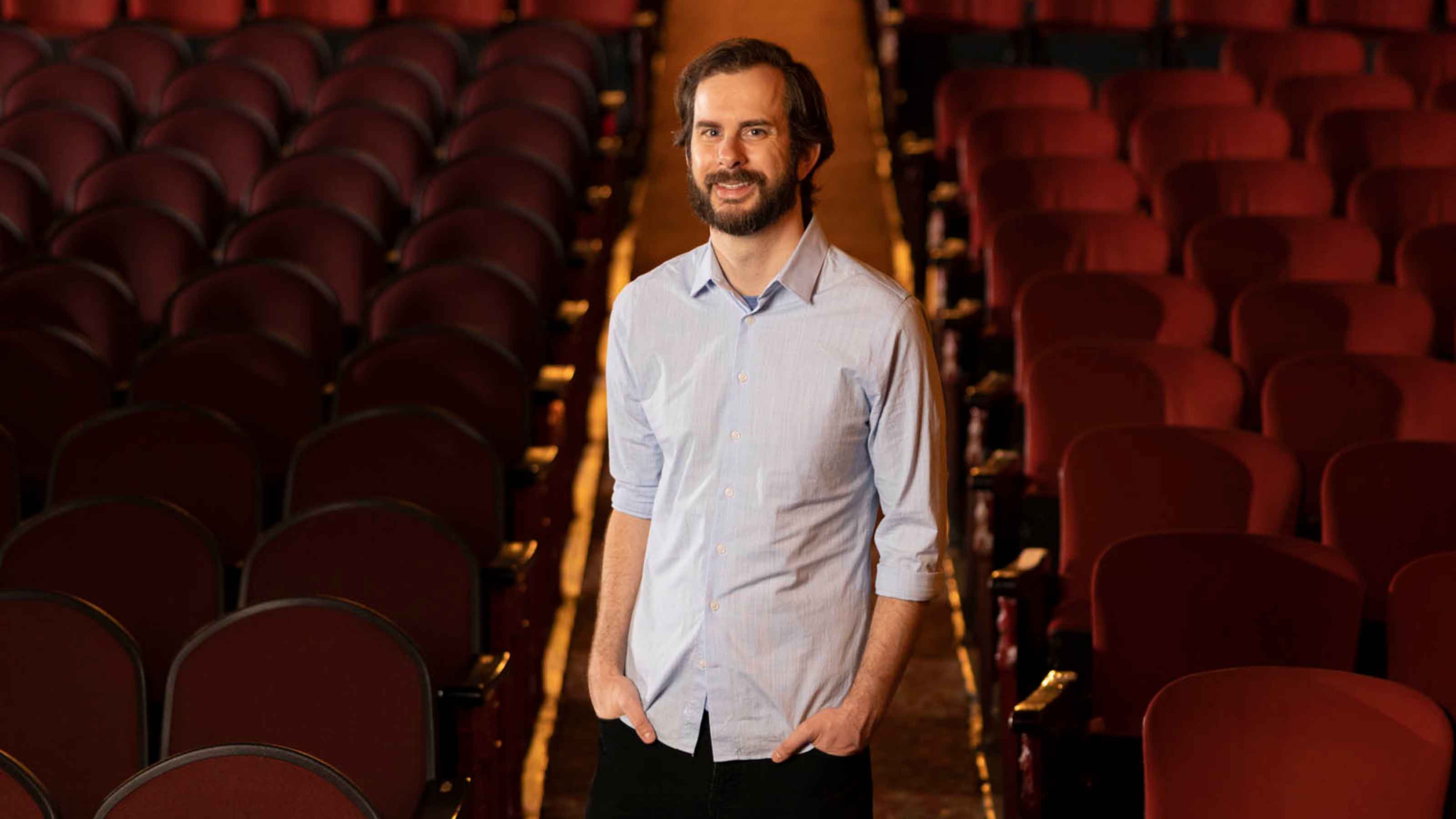 The Golden Age of Cinema Endures
The Golden Age of Cinema Enduressmall business About as old as talkies, the Music Box Theater has had to find new ways to attract movie lovers.
-
 Pricey Gas Derails This Uber Driver
Pricey Gas Derails This Uber Driversmall business With rising gas prices, one Uber driver struggles to maintain his livelihood.
-
 Smart Strategies for Couples Who Run a Business Together
Smart Strategies for Couples Who Run a Business TogetherFinancial Planning Starting an enterprise with a spouse requires balancing two partnerships: the marriage and the business. And the stakes are never higher.
-
 Fair Deals in a Tough Market
Fair Deals in a Tough Marketsmall business When you live and work in a small town, it’s not all about profit.
